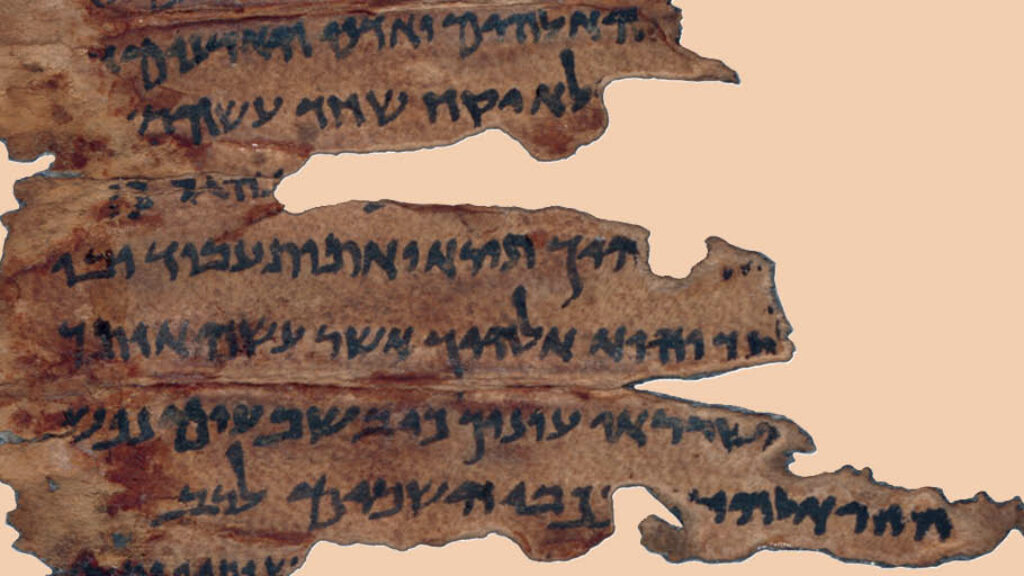The Jewish Preview of Books—August 2018
Here at the Jewish Review of Books we receive 40-50 books a week. These are some of the books coming out in August that we’re looking forward to reading and—who knows?—maybe reviewing.
If book publishing is any measure, this is a good month for the faculty of the Jewish Theological Seminary. JTS professor Jack Wertheimer’s latest contribution, The New American Judaism: How Jews Practice Their Religion Today (Princeton), is due at the end of the month. You can start with Allan Arkush’s discussion in his cover article “In the Melting Pot” from our Summer issue. Wertheimer’s colleague Alan Mittleman’s new book answers the question Does Judaism Condone Violence? Holiness and Ethics in the Jewish Tradition (Princeton). (Does the title give away Mittleman’s answer?)
Other academic offerings this month span a wide range but lean toward antiquity. A collection of close readings of biblical poetry, featuring contributions from Robert Alter, Simeon Chavel, and Steven Weitzman among many others, Biblical Poetry and the Art of Close Reading, edited by J. Blake Couey and Elaine T. James (Cambridge), looks interesting. Coming out in English translation, Adi Ophir and Ishay Rosen-Zvi’s Goy: Israel’s Others and the Birth of the Gentile (Oxford) offers a “biography” (as is now fashionable to say) of the word “goy.” We might not be able to imagine Judaism without that term, but Ophir and Rosen-Zvi argue that it didn’t actually appear until the 1st century. And the first person to use it? Paul. Also look for Bible as Notepad: Tracing Annotations and Annotation Practices in Late Antique and Medieval Biblical Manuscripts, edited by Liv Ingeborg Lied and Marilena Maniaci (De Gruyter), a study of ancient Jewish marginalia, itself potentially a good note to David Stern’s The Jewish Bible.
Now out in English translation, Simon Levis Sullam’s The Italian Executioners: The Genocide of the Jews of Italy (Princeton) argues that Italians, far from protecting their Jewish neighbors, as most historians have claimed, initiated almost half of the arrests of Italian Jews. The book was originally published in Italian in Italy (2015), and Sullam is fortunate not to be writing about Poland in Polish.
Also this month, Bruce D. Haynes has a new book on the origins and experiences of American Jews of African descent, provocatively titled The Soul of Judaism: Jews of African Descent in America (NYU). Haynes looks at converts, adoptees, biracial Jews (matrilineal and patrilineal), and Black Hebrews and Israelites who trace their Jewish origins to Africa. One of the most interesting questions here, beyond the question of how black Jews are received in the wider Jewish and black communities, is how the experience of black Jews differs from that of fair-skinned American Jews.
We also look forward to John J. Fitzgerald’s The Seductiveness of Virtue (T&T Clark), a comparative study of the ethical thought of Abraham Joshua Heschel and John Paul II, a pairing Fitzgerald argues makes sense given their mutual overtures. Heschel famously taught that time is an essential category for understanding Judaism, but a new collection, Place in Modern Jewish Culture and Society, edited by Richard I. Cohen (Oxford), makes the argument for the importance of space. Also look for Aryeh Wineman’s The Hasidic Moses: A Chapter in the History of Jewish Interpretation (Pickwick), a study of 18th– and 19th-century Hasidic readings of Moses, whose soul, some Hasidic masters understood, inhabits the righteous of every generation. If you appreciate psychological portraits of biblical personalities, you can decide if you agree with Samuel J. Levine in Was Yosef on the Spectrum? Understanding Joseph Through Torah, Midrash, and Classical Jewish Sources (Urim). Whatever the DSM-5 has to say about it, we can at least agree Joseph was bratty as a teen.
Several historical novels coming out this month include Heather Morris’s The Tattooist of Auschwitz (Harper; based on true events, let’s hope this love story from the camps evades my colleague Amy Newman Smith’s strictures), Alice Rosenthal’s Bess and Frima (She Writes Press; American Jewish girls coming of age during WWII), and Alan Newman’s Good Heart (Gefen; an intergenerational story of two American families, Jewish and Christian, by a pro-Israel activist). And as the genre of graphic novels continues to explode, look for The Silence of Malka by Rubén Pellejero and Jorge Zentner (IDW; originally in French), about a little girl whose family flees the 19th-century Russian pogroms and settles in Argentina, only to find that Argentina is nearly as inhospitable. Their solution is to create a golem.
Finally, it’s the time of year when you might be looking for your next beautiful calendar. Check out new ones from the Jewish Museum of New York and the Jewish Historical Museum in Amsterdam. Make sure to put a note on September, when we’ll be back with more new releases.
Suggested Reading

A Torah Exchange: Yonatan Adler Responds to Malka Simkovich
Yonatan Adler Responds to Malka Simkovich's review of his new book, "The Origins of Judaism: An Archeological-Historical Reappraisal
Berdyczewski, Blasphemy, and Belief
Rabbi Yechiel Yaakov Weinberg, one of the towering figures of the rabbinical establishment, found deep lessons about faith in the writings of the Nietzschean heretic Micha Josef Berdyczewski.
On Old Stones, a Black Cat, and a New Zion
There is a legend that Prague’s Altneuschul was built on a foundation of stones from the ancient Temple in Jerusalem.

Redemption in Catalonia and Bosnia: The Sarajevo Haggadah
What does the most celebrated haggadah in the world tell us about exile and redemption?
Comments
You must log in to comment Log In